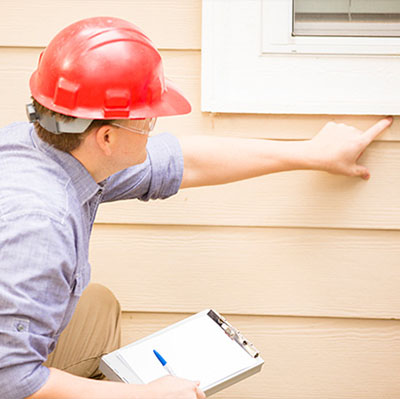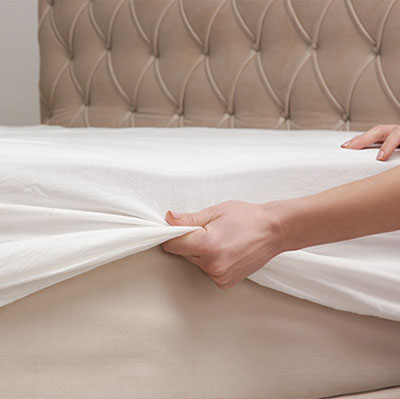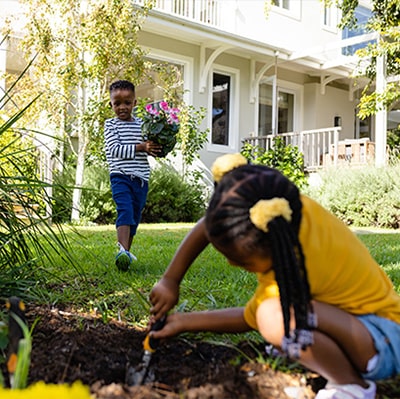Pest Identification
You're visiting our pest identification library with information about the biology and control of common household pests.
Old House Borers
| Appearance |
|---|
 Long, thin antennae that are often as long (or longer) than the body of the beetle; 5/8- to 1-inch in length. The beetle's body has a slightly flattened appearance, and its color may appear dark gray, but is usually brownish black to black. It is not often that a homeowner or pest control operator actually finds adult old house borers in a structure; the sound of the larvae feeding, exit holes and frass are the signs that usually point to an infestation. Long, thin antennae that are often as long (or longer) than the body of the beetle; 5/8- to 1-inch in length. The beetle's body has a slightly flattened appearance, and its color may appear dark gray, but is usually brownish black to black. It is not often that a homeowner or pest control operator actually finds adult old house borers in a structure; the sound of the larvae feeding, exit holes and frass are the signs that usually point to an infestation. |
| Habitat |
| The adult Old House Borer beetles emerge mainly during July and August. They mate, then the female deposits her eggs in the natural cracks and crevices of the bark of felled logs and in wood stored in lumberyards. Subsequently, infested timber may be used in newly constructed buildings. In wood, the larval stage may last from three to fifteen years. |
| Diet |
| Old House Borers feed only in pine, spruce, and other coniferous woods. |
| Control |
| In managing Old House Borer infestations, single pieces of lumber, furniture and the structure itself are treated in a similar manner as treating for powderpost beetles. Unpainted wood should be treated with borates. Surface treatments of borates may not always penetrate deep enough to kill all existing beetle larvae, meaning that new exit holes may still appear after application; however, the borates will prevent re-infestation. In cases of severe beetle infestation, a professional may be called on to fumigate the structure. |
Pest Library - Termites / Wood Destroying Insects Schedule a free inspection today






